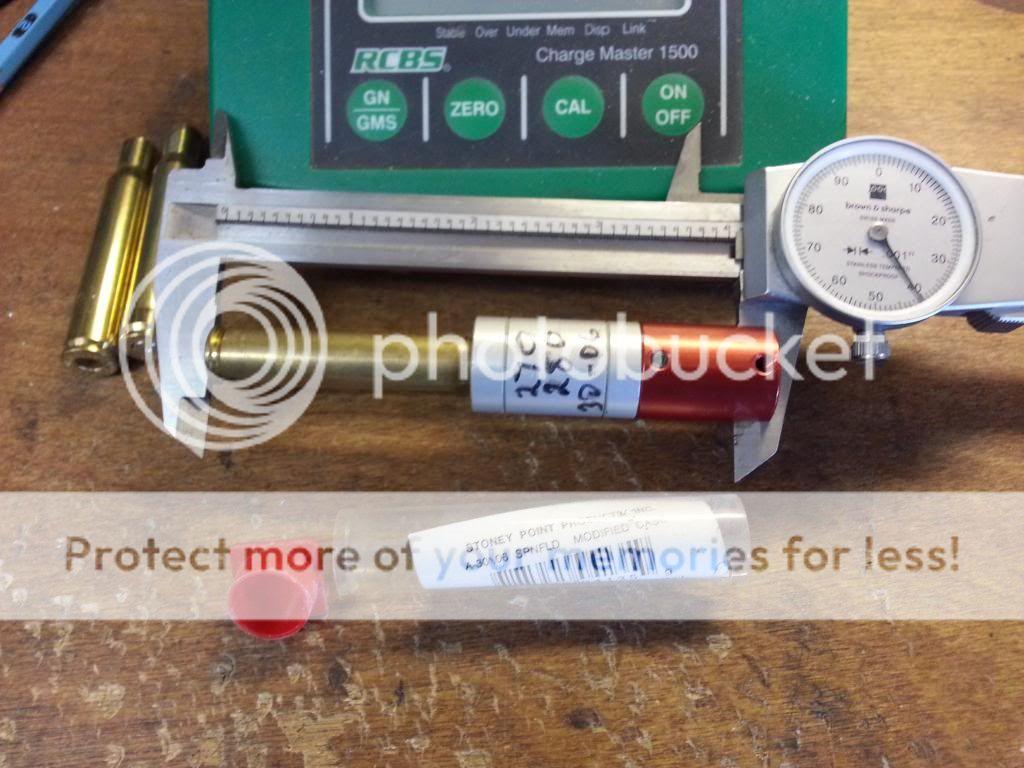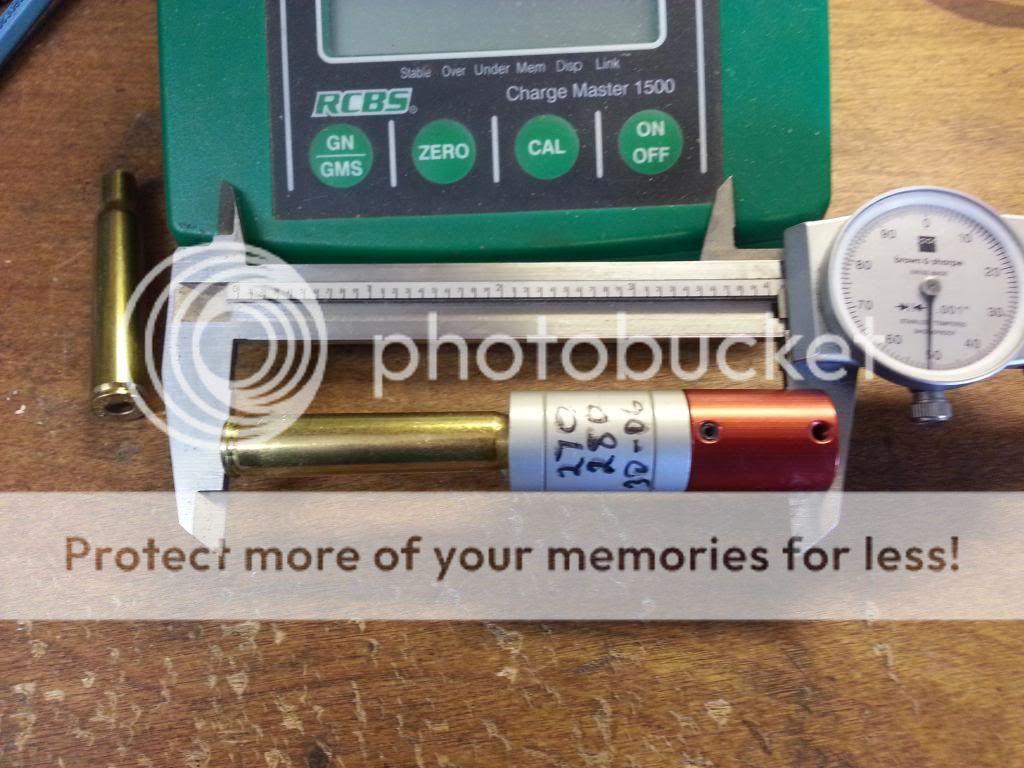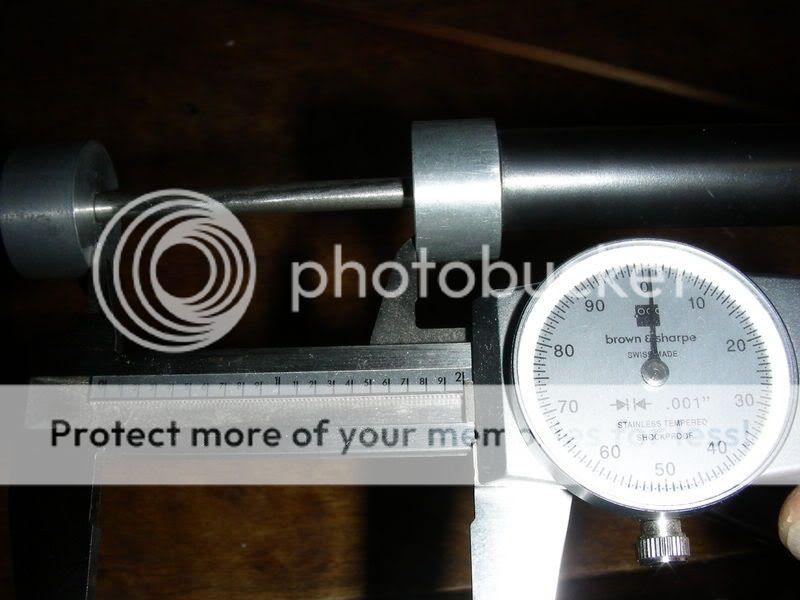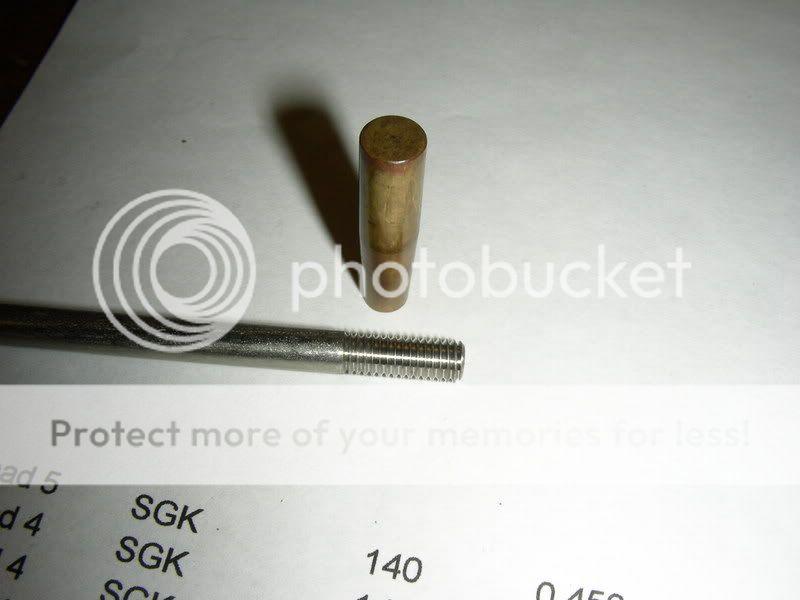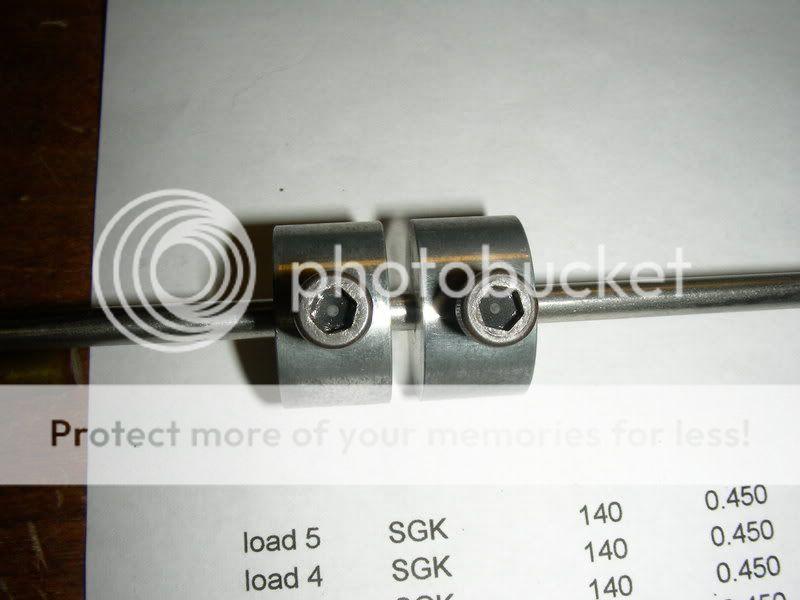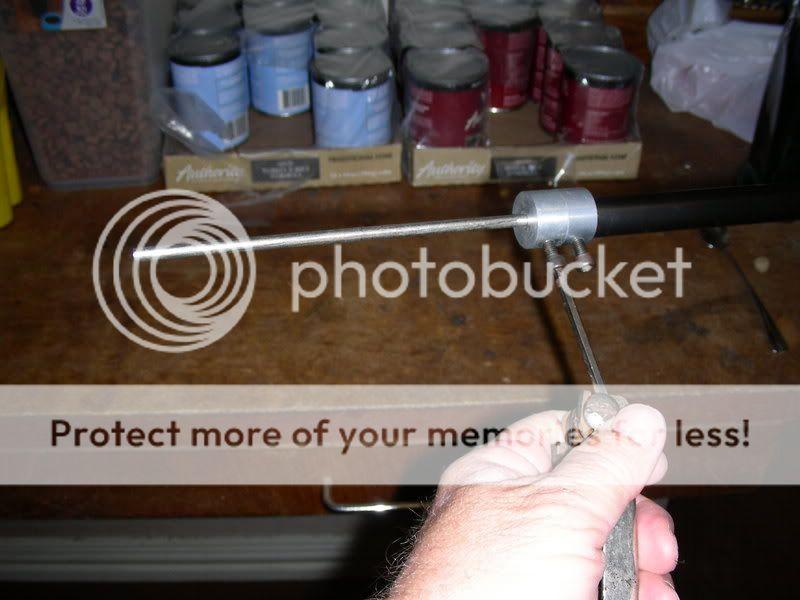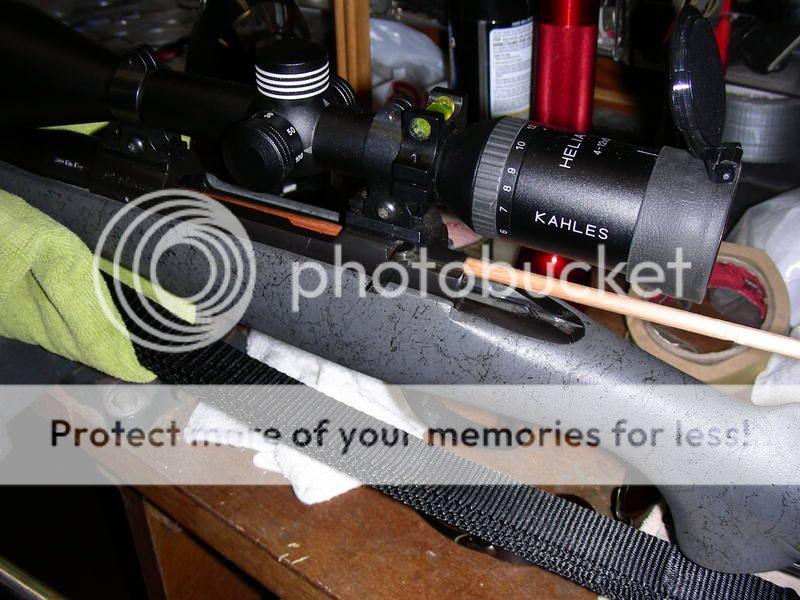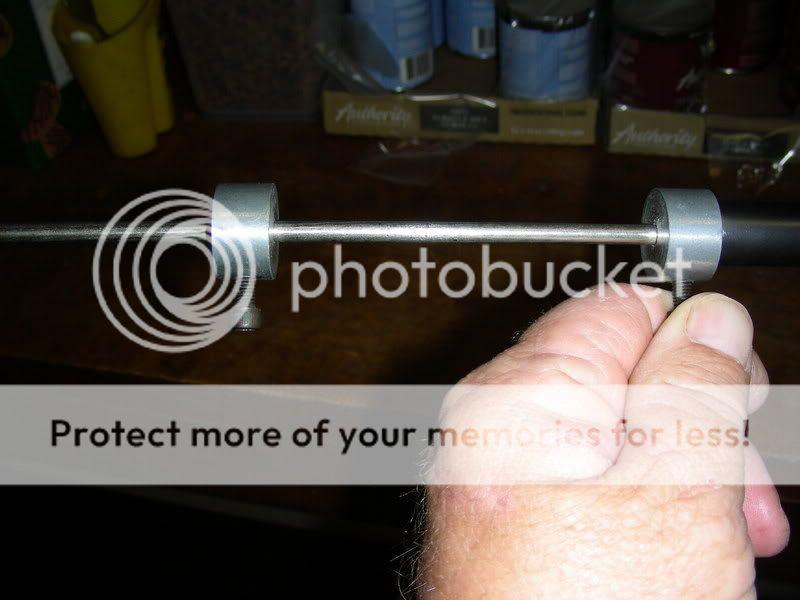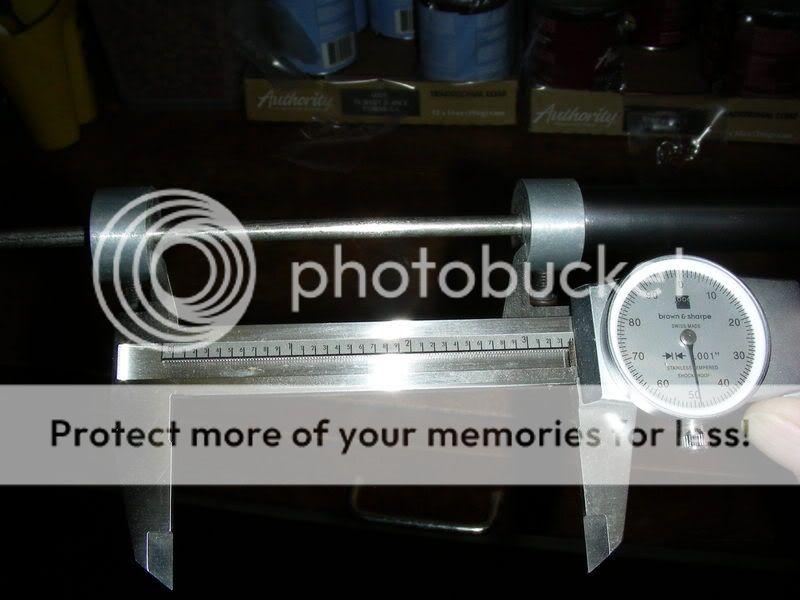Catfur
Well-Known Member
I picked up a Hornady L&L OAL gauge, and am using it to measure the Base to Ogive length (actually COAL with the bullet loaded to the lands) in my 6mm Rem.
I am getting wildly different lengths when I try to load the modified case short, and then tap the bullet out longer (which seems to be what the instructions recommend), but consistent lengths when I load the bullet long, and then use the rifling to stop movement of the bullet while moving the case forward. The lengths measure using the second method are also almost .15" longer.
Does anybody have any advice or just thoughts?
I am getting wildly different lengths when I try to load the modified case short, and then tap the bullet out longer (which seems to be what the instructions recommend), but consistent lengths when I load the bullet long, and then use the rifling to stop movement of the bullet while moving the case forward. The lengths measure using the second method are also almost .15" longer.
Does anybody have any advice or just thoughts?

